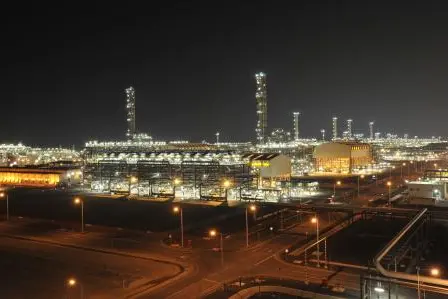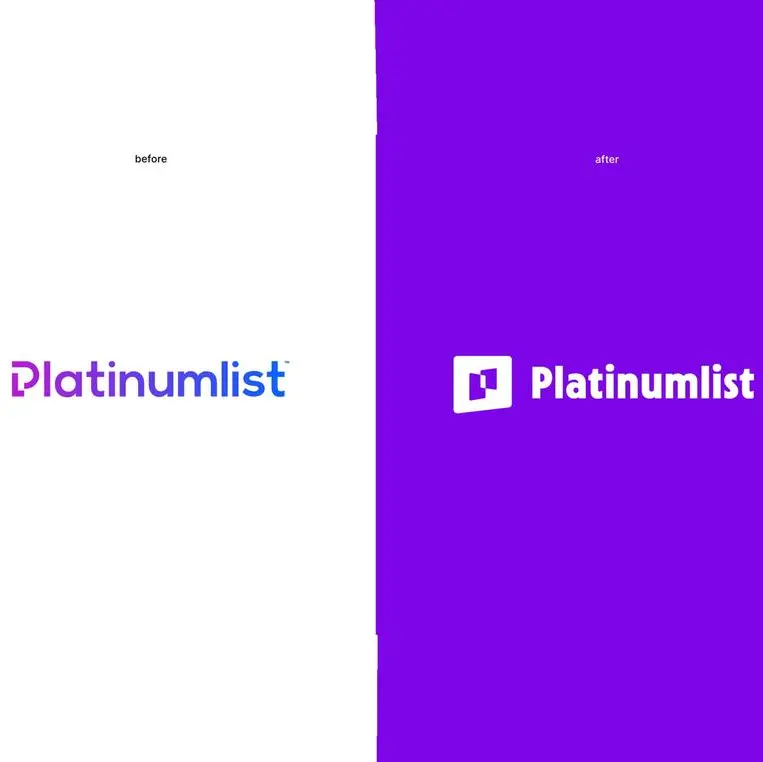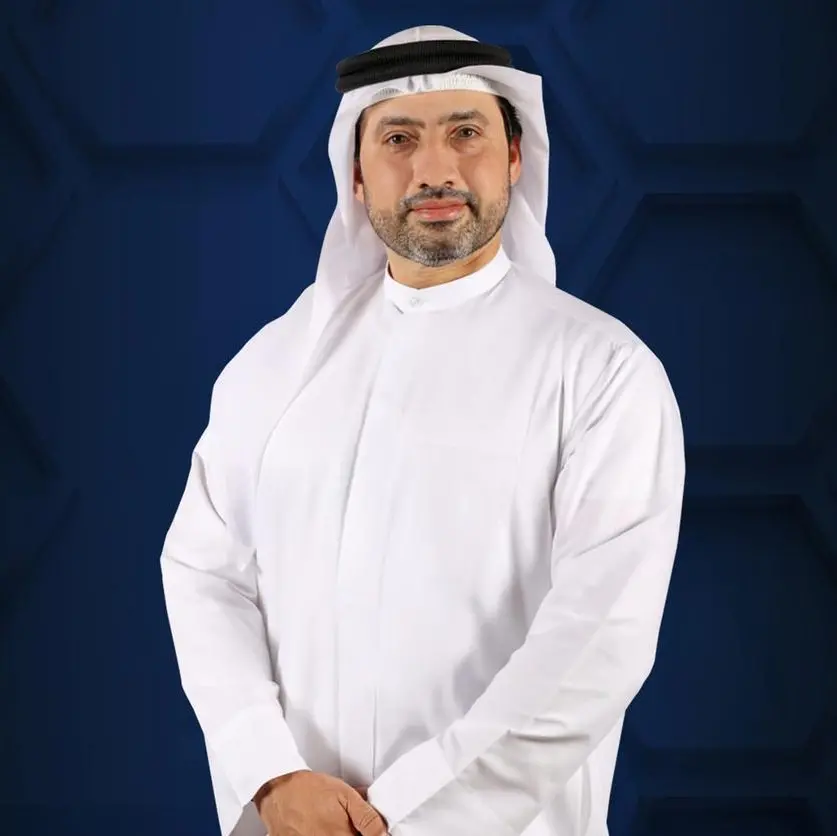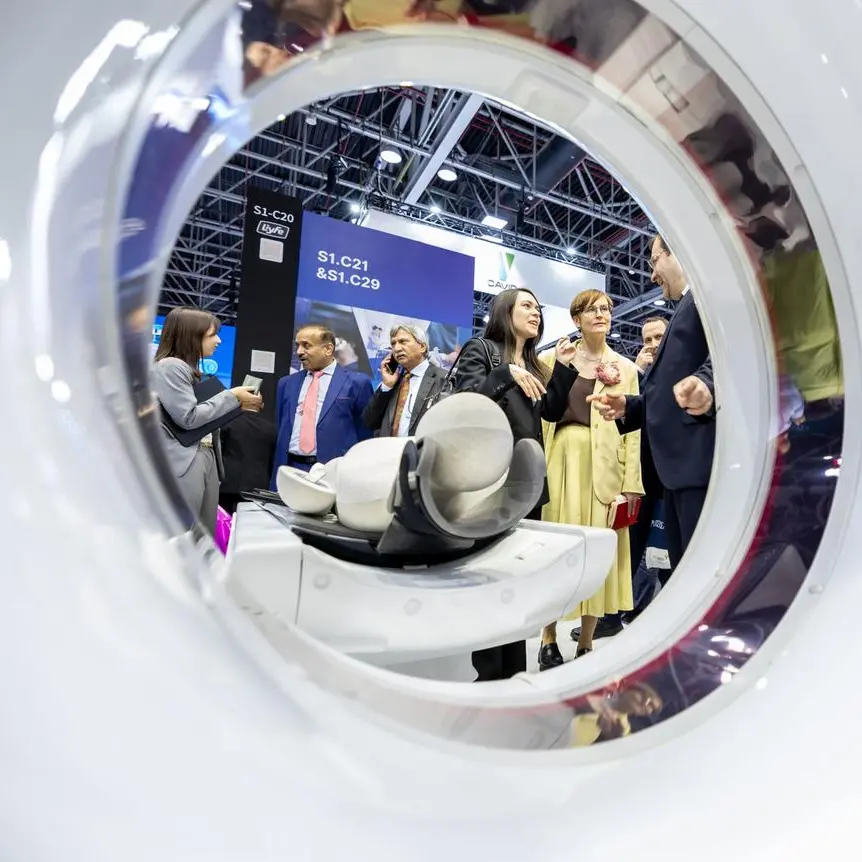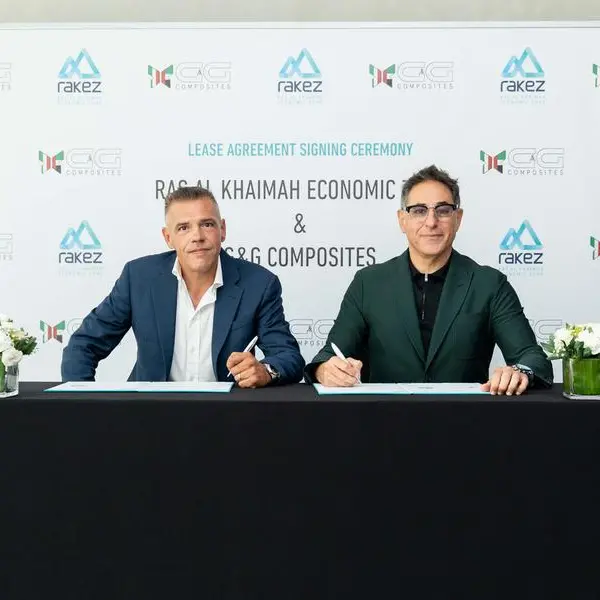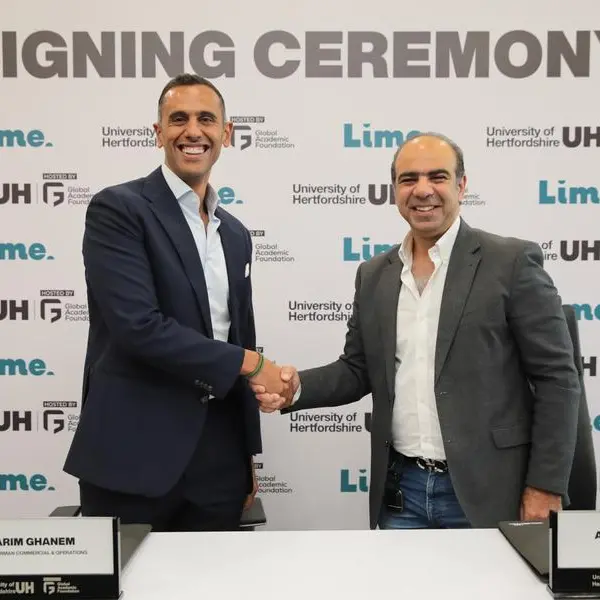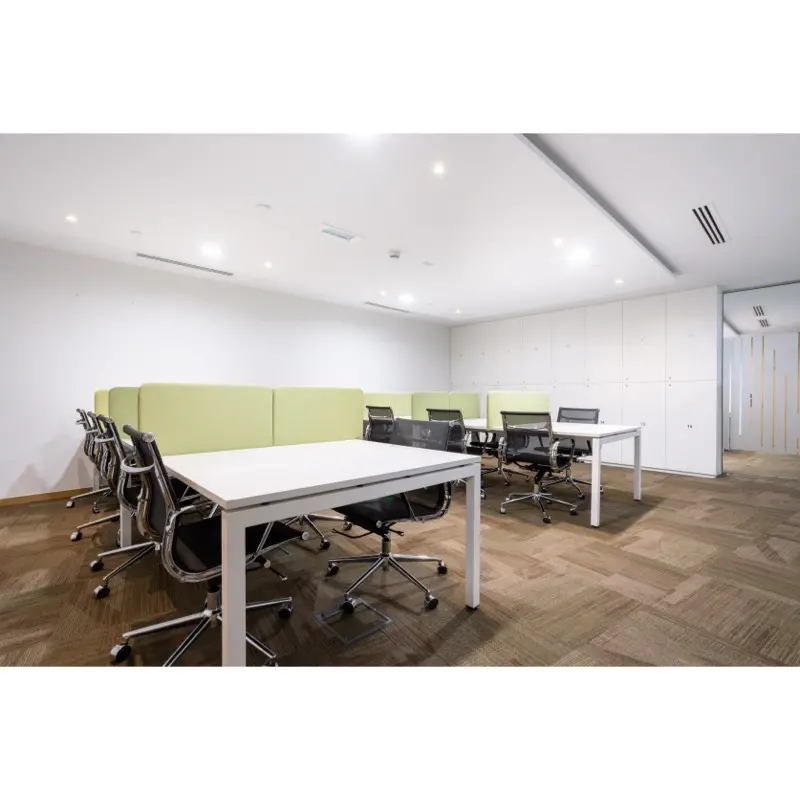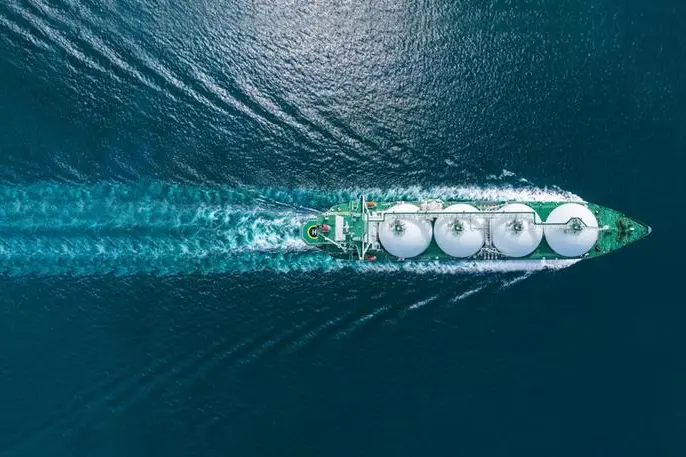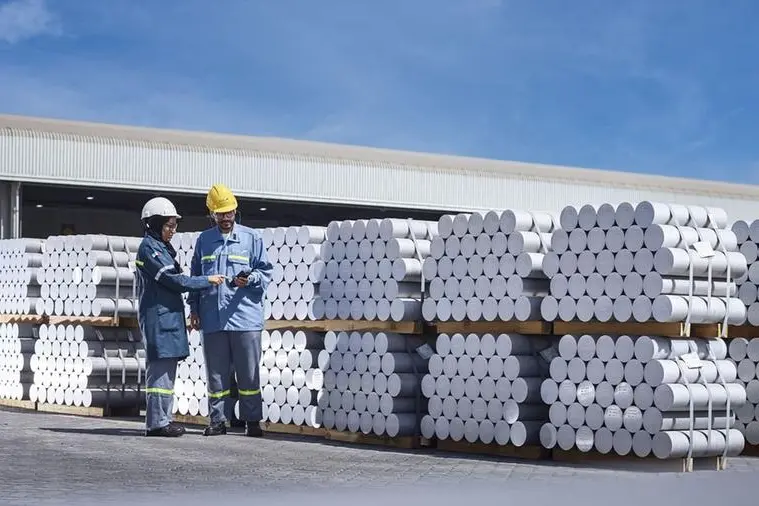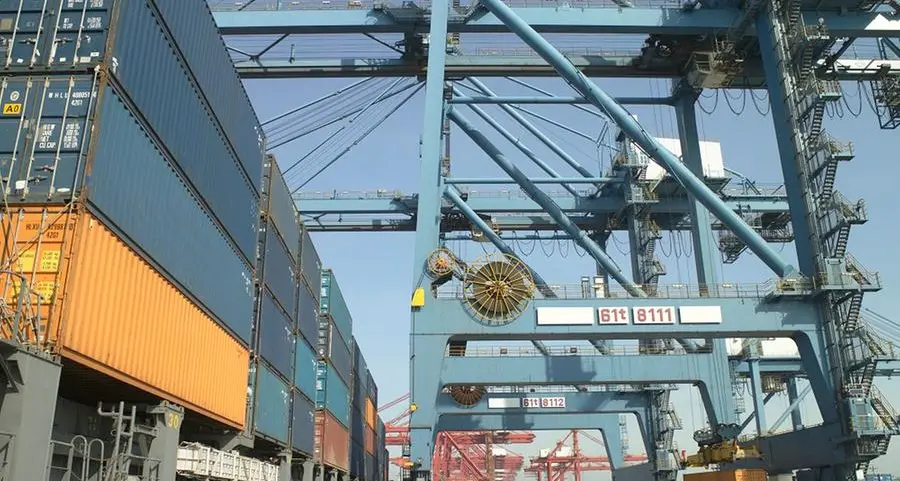PHOTO
ADNOC participates in International CCUS Summit focused on accelerating investment in this critical climate change solution
By 2025, modifications to either the Shah ultra-sour gas plant or Habshan-Bab gas complex to enable the capture of around 2 million tons of CO2 per year
Abu Dhabi, UAE & Edinburgh, Scotland – The Abu Dhabi National Oil Company (ADNOC) announced, today, it is moving ahead with plans to expand the capture, storage and utilization of carbon dioxide (CO2), produced from either the Habshan-Bab gas processing facilities or the Shah gas plant. A decision on which plant to capture the CO2 from first will be taken in 2019. The project will be engineered so as not to interrupt ongoing production from either facility.
The additional CO2 capture will reduce ADNOC’s carbon footprint – which is among the lowest in the industry – and liberate natural gas, previously used for oil field injection, for other more valuable purposes, while simultaneously addressing growing global demand for oil by boosting recovery from its maturing reservoirs.
The announcement was made at the International Carbon Capture Utilization and Storage (CCUS) Summit, in Edinburgh, by Omar Suwaina Al Suwaidi, ADNOC Executive Office Director, who led ADNOC’s participation at the summit. The event was attended by global energy ministers, chief executives and senior leaders from international oil and gas companies, as well as the financial community. The discussion at the event is focused on accelerating investment in CCUS technology, which has the potential to significantly support global CO2 emissions reduction, as well as unlock value across economies, including in the UAE.
The Shah plant – built and operated by a joint venture between ADNOC and Occidental Petroleum Corporation – is one of the world’s largest facilities processing ultra-sour gas. It processes about 1.3 billion standard cubic feet per day (scfd) of sour gas and associated condensates, which contain over 20 percent hydrogen sulfide and 10 percent CO2. By 2025, modifications to the facility would enable the gases to be captured as part of the sulfur recovery process and converted into pure CO2 for enhanced oil recovery (EOR). Using advanced CCUS technology, more than 2.3 million tons per annum (120 million scfd) of CO2 are planned to be captured and safely locked away underground.
Meanwhile, the Habshan and Bab complex could capture another 1.9 million tons per year of CO2 (100 million scfd). The complex can process up to 6.2 billion scfd of associated gas, making it the largest in the UAE and one of the biggest in the Gulf.
Speaking at the summit, Omar Al Suwaidi said: “ADNOC’s experience at Al Reyadah, the only commercial CCUS facility in the region capturing CO2 from a steel plant, gives us a robust position to build on our successes and expand our CCUS capacity, where commercially viable.
“CCUS is an important part of a range of critical solutions to mitigate industrial CO2 emissions and reducing environmental footprints, while responding to the increasing need for energy and the continuously growing demand for oil and gas, in particular. Not only does the technology help address environmental concerns by safely locking away CO2, but it also enables valuable and cleaner burning gas, previously used to enhance oil recovery, to be leveraged for other purposes, including power generation, desalination and industrial uses.”
ADNOC has drawn up an ambitious plan to capture CO2 from its own operations, using more cost-effective second- and third-generation carbon capture technologies to meet a six-fold increase in the utilization of CO2, for EOR. ADNOC plans to capture about 5 million tons of CO2 per year (250 million scfd) before 2030.
Currently, ADNOC has the capacity at Al Reyadah to capture 800,000 tons of CO2 annually from Emirates Steel Industries (ESI). The CO2 is compressed and dehydrated before being transported through pipelines for injection into reservoirs at the Rumaitha and Bab oilfields to boost oil recovery.
In the oil industry, CCUS technology works in three stages. Carbon dioxide is first captured on site, then it is compressed and dehydrated. Finally, it is transported by pipeline for injection into oilfields, where it can be used to enhance oil recovery. Using primary and secondary (waterflood) recovery techniques, between 30-35 percent of oil is recovered on average. At ADNOC, the use of CO2, to help maintain reservoir pressure could increase end-of-life recovery to up to 70 percent.
ADNOC was the first National Oil Company to pilot CO2 injection for EOR in 2009. In 2016, ADNOC joined forces with Masdar, a major international player in renewable energy and sustainable urban development, to launch Al Reyadah, the first commercial-scale CCUS facility in the region. Al Reyadah is now fully owned by ADNOC – integrated into ADNOC Onshore – to optimize resources and oversee the entire CO2 value chain.
-Ends-
About ADNOC
ADNOC is a major diversified group of energy and petrochemical companies that produces about 3 million barrels of oil and 10.5 billion cubic feet of raw gas a day. Its integrated upstream, midstream and downstream activities are carried out by 14 specialist subsidiary and joint venture companies. To find out more visit www.adnoc.ae. For further information: media@adnoc.ae.
© Press Release 2018Disclaimer: The contents of this press release was provided from an external third party provider. This website is not responsible for, and does not control, such external content. This content is provided on an “as is” and “as available” basis and has not been edited in any way. Neither this website nor our affiliates guarantee the accuracy of or endorse the views or opinions expressed in this press release.
The press release is provided for informational purposes only. The content does not provide tax, legal or investment advice or opinion regarding the suitability, value or profitability of any particular security, portfolio or investment strategy. Neither this website nor our affiliates shall be liable for any errors or inaccuracies in the content, or for any actions taken by you in reliance thereon. You expressly agree that your use of the information within this article is at your sole risk.
To the fullest extent permitted by applicable law, this website, its parent company, its subsidiaries, its affiliates and the respective shareholders, directors, officers, employees, agents, advertisers, content providers and licensors will not be liable (jointly or severally) to you for any direct, indirect, consequential, special, incidental, punitive or exemplary damages, including without limitation, lost profits, lost savings and lost revenues, whether in negligence, tort, contract or any other theory of liability, even if the parties have been advised of the possibility or could have foreseen any such damages.
